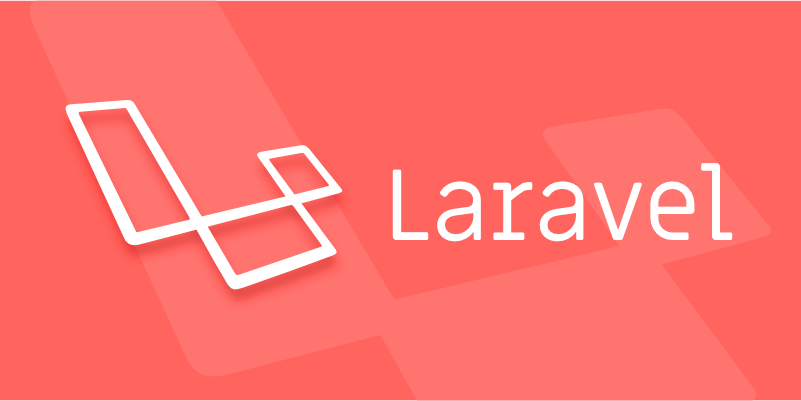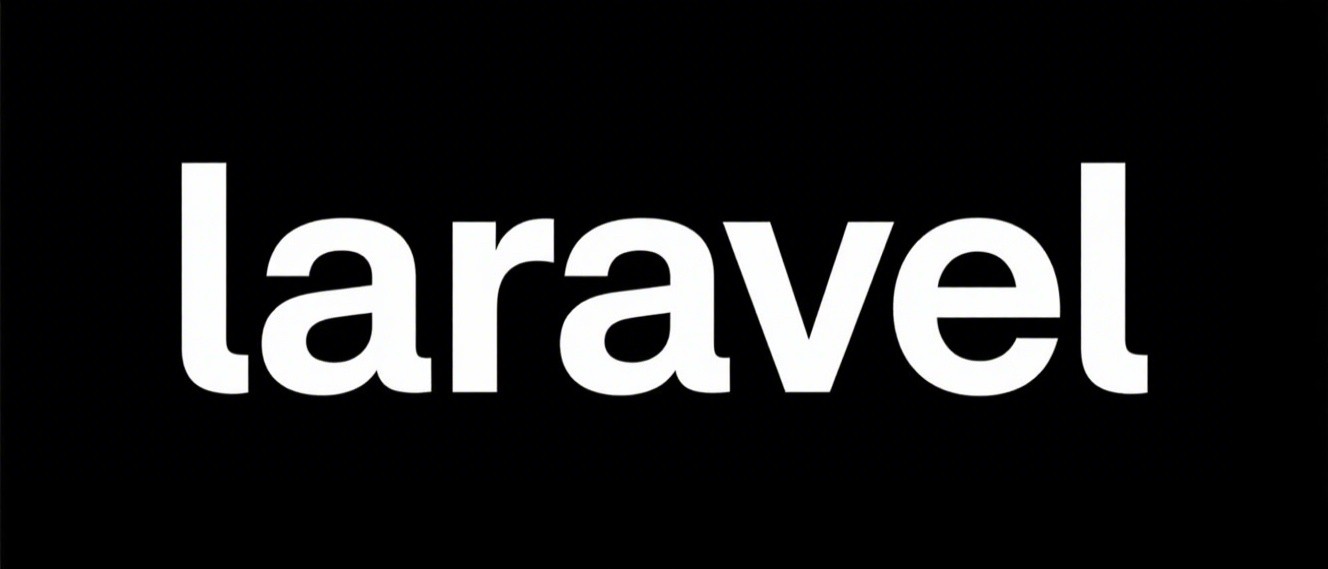Integrating Third-Party Packages via Composer in Laravel?
Jul 11, 2025 am 01:42 AMYes, integrating third-party packages via Composer in Laravel is straightforward. To install a package, run composer require vendor/package-name, such as composer require barryvdh/laravel-debugbar. Most modern Laravel packages auto-discover service providers and facades, but if not, manually add them to config/app.php under providers and aliases. Use php artisan vendor:publish to publish configuration files and assets, optionally targeting a specific provider. If issues arise, verify Laravel version compatibility, clear config/cache with php artisan config:clear and php artisan cache:clear, check documentation for special steps, confirm route/middleware setup, and run composer dump-autoload if classes are unrecognized.

Yes, integrating third-party packages via Composer in Laravel is straightforward and one of the most common ways to extend Laravel's functionality. The key is knowing how to pull in the package, register it properly, and use it as intended.

How to Install a Package Using Composer
Most Laravel-compatible packages are hosted on Packagist, which is Composer’s default repository. To install a package, you typically run:

composer require vendor/package-name
For example, if you want to install a popular Laravel debugging tool like Laravel Debugbar, you’d run:
composer require barryvdh/laravel-debugbar
This command downloads the package into your vendor directory and updates the composer.json and composer.lock files automatically.

In most cases, Laravel will auto-discover service providers and facades for you (starting from Laravel 5.5). If not, you might need to manually register them — more on that next.
Registering Service Providers and Aliases (If Needed)
Before Laravel 5.5, all packages required manual registration of service providers and aliases (facades) in the config/app.php file. Even though auto-discovery covers most modern packages, some older or custom packages may still require this step.
To register manually:
Open
config/app.phpAdd the service provider to the
providersarray:Barryvdh\Debugbar\ServiceProvider::class,
If the package provides a facade, add an alias to the
aliasesarray:'Debugbar' => Barryvdh\Debugbar\Facade::class,
If you're unsure whether auto-discovery is enabled for a specific package, check its documentation or look inside its composer.json file for "laravel": { "providers": [...] }.
Publishing Configuration and Assets
Some packages come with configuration files, views, migrations, or assets that need to be published to your application before they can be used.
To publish a package's resources, run:
php artisan vendor:publish
This command lists all available publishable resources. You can also target a specific package by adding its service provider class:
php artisan vendor:publish --provider="Barryvdh\Debugbar\ServiceProvider"
After publishing, you’ll find configuration files in config/, views in resources/views/vendor/, and so on. You can now customize them as needed.
When Things Don’t Work as Expected
Sometimes, even after installing and registering everything, things might not work right away. Here’s what to check:
Make sure you're using the correct version of the package compatible with your Laravel version.
Clear config and cache if you made changes:
php artisan config:clear php artisan cache:clear
Check the package’s GitHub page or documentation for known issues or extra steps.
If the package uses routes or middleware, make sure those are set up correctly.
Use
composer dump-autoloadif classes aren’t being recognized.
These troubleshooting steps often resolve unexpected behavior quickly.
That’s basically it. It’s not complicated, but there are a few moving parts to keep track of — especially when dealing with legacy packages or edge cases.
The above is the detailed content of Integrating Third-Party Packages via Composer in Laravel?. For more information, please follow other related articles on the PHP Chinese website!

Hot AI Tools

Undress AI Tool
Undress images for free

Undresser.AI Undress
AI-powered app for creating realistic nude photos

AI Clothes Remover
Online AI tool for removing clothes from photos.

Clothoff.io
AI clothes remover

Video Face Swap
Swap faces in any video effortlessly with our completely free AI face swap tool!

Hot Article

Hot Tools

Notepad++7.3.1
Easy-to-use and free code editor

SublimeText3 Chinese version
Chinese version, very easy to use

Zend Studio 13.0.1
Powerful PHP integrated development environment

Dreamweaver CS6
Visual web development tools

SublimeText3 Mac version
God-level code editing software (SublimeText3)

Hot Topics
 What are policies in Laravel, and how are they used?
Jun 21, 2025 am 12:21 AM
What are policies in Laravel, and how are they used?
Jun 21, 2025 am 12:21 AM
InLaravel,policiesorganizeauthorizationlogicformodelactions.1.Policiesareclasseswithmethodslikeview,create,update,anddeletethatreturntrueorfalsebasedonuserpermissions.2.Toregisterapolicy,mapthemodeltoitspolicyinthe$policiesarrayofAuthServiceProvider.
 How do I install Laravel on my operating system (Windows, macOS, Linux)?
Jun 19, 2025 am 12:31 AM
How do I install Laravel on my operating system (Windows, macOS, Linux)?
Jun 19, 2025 am 12:31 AM
Yes,youcaninstallLaravelonanyoperatingsystembyfollowingthesesteps:1.InstallPHPandrequiredextensionslikembstring,openssl,andxmlusingtoolslikeXAMPPonWindows,HomebrewonmacOS,oraptonLinux;2.InstallComposer,usinganinstalleronWindowsorterminalcommandsonmac
 What are controllers in Laravel, and what is their purpose?
Jun 20, 2025 am 12:31 AM
What are controllers in Laravel, and what is their purpose?
Jun 20, 2025 am 12:31 AM
The main role of the controller in Laravel is to process HTTP requests and return responses to keep the code neat and maintainable. By concentrating the relevant request logic into a class, the controller makes the routing file simpler, such as putting user profile display, editing and deletion operations in different methods of UserController. The creation of a controller can be implemented through the Artisan command phpartisanmake:controllerUserController, while the resource controller is generated using the --resource option, covering methods for standard CRUD operations. Then you need to bind the controller in the route, such as Route::get('/user/{id
 How do I customize the authentication views and logic in Laravel?
Jun 22, 2025 am 01:01 AM
How do I customize the authentication views and logic in Laravel?
Jun 22, 2025 am 01:01 AM
Laravel allows custom authentication views and logic by overriding the default stub and controller. 1. To customize the authentication view, use the command phpartisanvendor:publish-tag=laravel-auth to copy the default Blade template to the resources/views/auth directory and modify it, such as adding the "Terms of Service" check box. 2. To modify the authentication logic, you need to adjust the methods in RegisterController, LoginController and ResetPasswordController, such as updating the validator() method to verify the added field, or rewriting r
 How do I use Laravel's validation system to validate form data?
Jun 22, 2025 pm 04:09 PM
How do I use Laravel's validation system to validate form data?
Jun 22, 2025 pm 04:09 PM
Laravelprovidesrobusttoolsforvalidatingformdata.1.Basicvalidationcanbedoneusingthevalidate()methodincontrollers,ensuringfieldsmeetcriterialikerequired,maxlength,oruniquevalues.2.Forcomplexscenarios,formrequestsencapsulatevalidationlogicintodedicatedc
 How do I escape HTML output in a Blade template using {{{ ... }}}? (Note: rarely used, prefer {{ ... }})
Jun 23, 2025 pm 07:29 PM
How do I escape HTML output in a Blade template using {{{ ... }}}? (Note: rarely used, prefer {{ ... }})
Jun 23, 2025 pm 07:29 PM
InLaravelBladetemplates,use{{{...}}}todisplayrawHTML.Bladeescapescontentwithin{{...}}usinghtmlspecialchars()topreventXSSattacks.However,triplebracesbypassescaping,renderingHTMLas-is.Thisshouldbeusedsparinglyandonlywithfullytrusteddata.Acceptablecases
 Selecting Specific Columns | Performance Optimization
Jun 27, 2025 pm 05:46 PM
Selecting Specific Columns | Performance Optimization
Jun 27, 2025 pm 05:46 PM
Selectingonlyneededcolumnsimprovesperformancebyreducingresourceusage.1.Fetchingallcolumnsincreasesmemory,network,andprocessingoverhead.2.Unnecessarydataretrievalpreventseffectiveindexuse,raisesdiskI/O,andslowsqueryexecution.3.Tooptimize,identifyrequi
 How do I mock dependencies in Laravel tests?
Jun 22, 2025 am 12:42 AM
How do I mock dependencies in Laravel tests?
Jun 22, 2025 am 12:42 AM
TomockdependencieseffectivelyinLaravel,usedependencyinjectionforservices,shouldReceive()forfacades,andMockeryforcomplexcases.1.Forinjectedservices,use$this->instance()toreplacetherealclasswithamock.2.ForfacadeslikeMailorCache,useshouldReceive()tod






